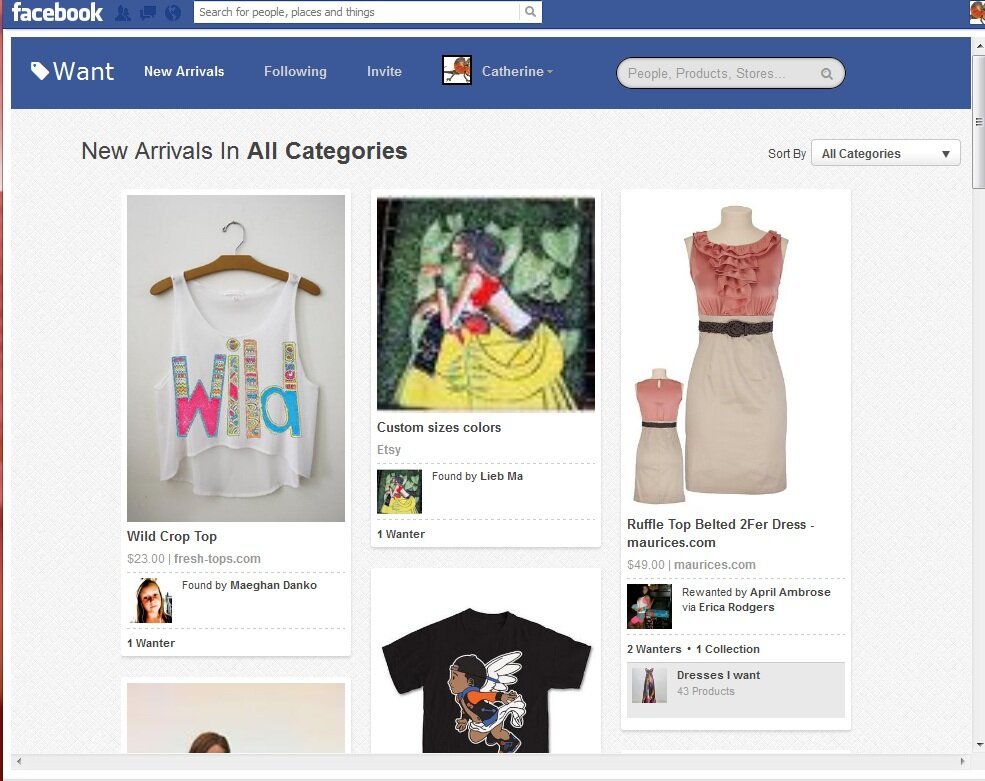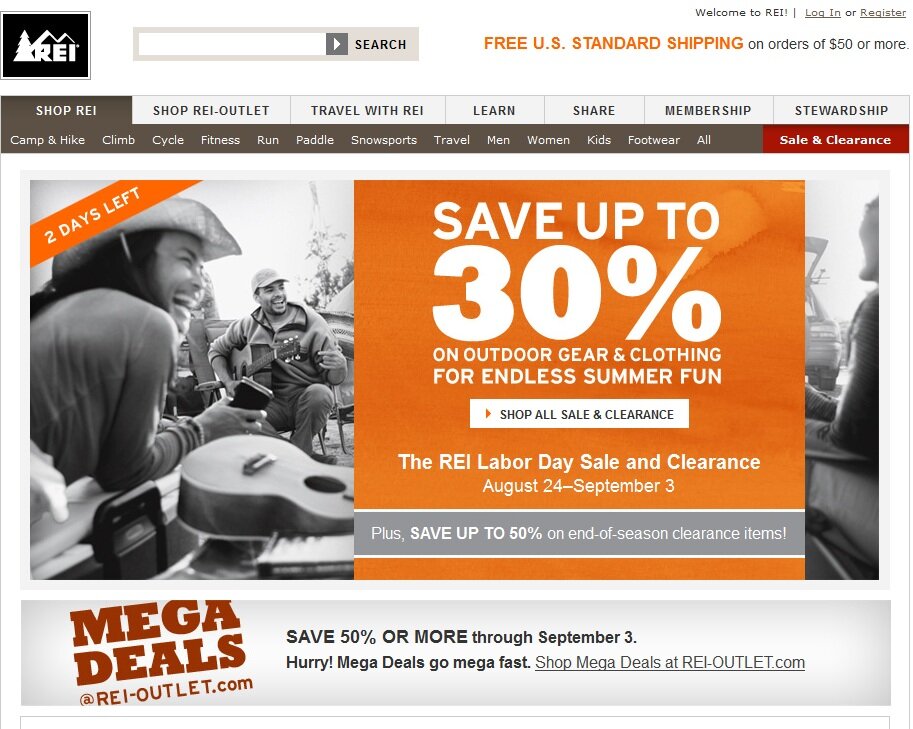First holiday forecasts promise another year of sales growth
September 28, 2012 Leave a Comment
Back-to-school season is barely over, but with the end-of-year peak season closing in fast, the first forecasts for holiday shopping have already appeared — and they portend another year of potential gains as well as challenges.
According to market researcher eMarketer, online sales will grow 16.8% this November and December compared with 2011, a slight uptick from the 16.5% growth rate last year. Holiday sales will total more than $54 billion and represent almost a quarter of annual eCommerce revenues for 2012, eMarketer predicts.

Overall retail sales are also poised to grow, with research firm ShopperTrak predicting a year-over-year sales increase of 3.3%. That rate is slightly below 2011, which logged 3.7% growth compared with the prior year.
Both sets of predictions hint that merchants face a challenging, but potentially lucrative environment for the holidays: with overall sales growth falling and online sales growth slowing, merchants will have to work harder than ever to reach shoppers who log on for the convenience, savings and selection they’ve come to expect from the online experience.
In a post over the summer, we recommended merchants begin fine-turning their sites for holiday success. Now, with many merchants rapidly approaching “lock-down” mode for their sites and marketing strategies firmly in place, it’s still worthwhile to tweak plans in order to:
Make the most of whatever shipping discounts are on offer. Free shipping is the top promotion that motivates consumers to buy, but low flat-rate shipping and free upgrades to expedited shipping are also worth promoting.
Showcase any cross-channel capabilities. The ShopperTrak forecast predicts that foot traffic to stores will be up 2.8%, in contrast with last year’s 2.2% drop. Merchants with brick-and-mortar locations should fine-tune campaigns to support both online and offline buying.
Ensure the transition from link to landing page is airtight. Email promotions and paid search placements should lead shoppers to content that delivers on the promise that caused them to click in the first place — ideally offering further opportunities for engagement as well as comprehensive information to power a purchase decision. Williams-Sonoma’s paid search ad for Le Creuset cookware mentions exclusive offerings and free shipping above a $49 threshold — themes that are repeated on the landing page, which features the shipping offer in a banner at the top of the content area and offers shoppers a link to in-depth content about the Signature Collection on offer.


For more holiday strategies and consumer trends, be sure to mark your calendars for October 10, when MarketLive will present the results of its 2012 Consumer Shopping Survey, along with trends and tactics to maximize sales. Register for the webinar now — and meantime, let us know — how are you fine-tuning your holiday strategies?













Connect with us: